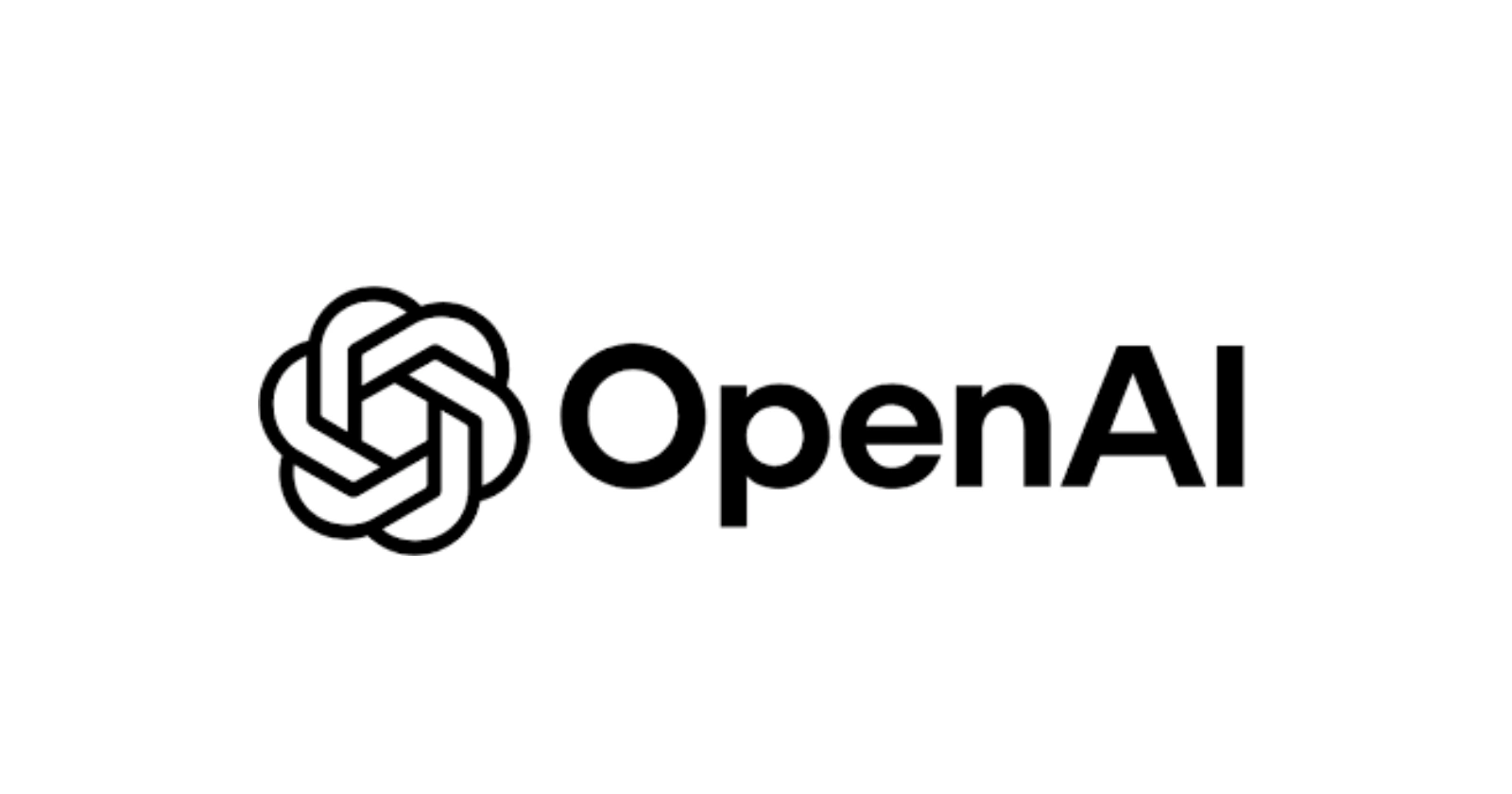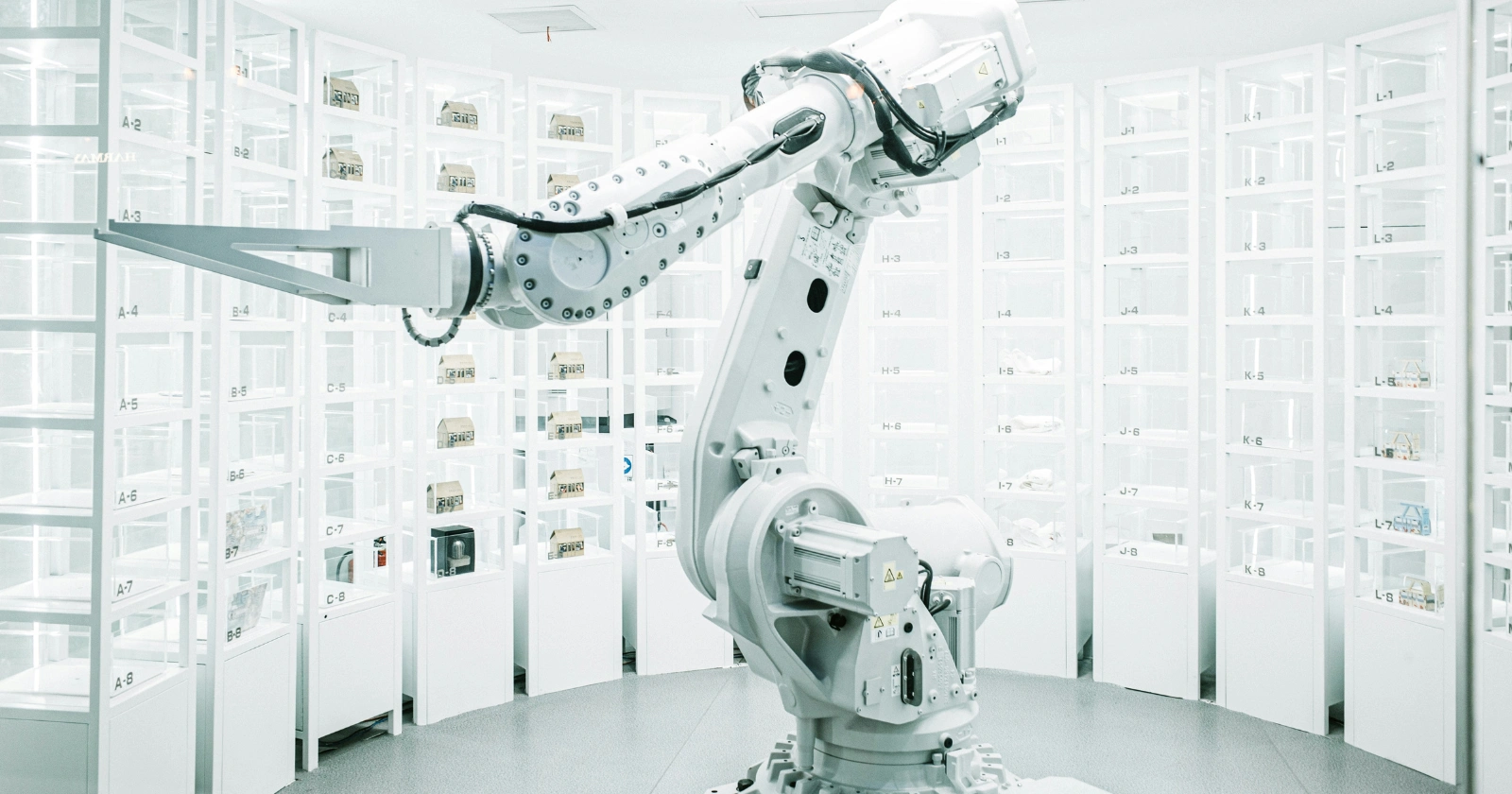OpenAI stands at the forefront of artificial intelligence innovation, yet its latest financial projections reveal a staggering commitment to growth amid escalating expenses.
The company behind ChatGPT now anticipates burning through $115 billion in cash from 2025 to 2029, a figure $80 billion higher than earlier estimates, as it invests heavily in compute power and infrastructure to maintain its edge in a fiercely competitive field.
This bold strategy underscores the immense capital demands of advancing AI technologies, where breakthroughs depend on vast resources but promise transformative returns.
Escalating Cash Burn Projections
Financial disclosures indicate that OpenAI’s spending trajectory has intensified significantly. For 2025, the company projects a cash burn exceeding $8 billion, marking a $1.5 billion increase from prior forecasts.
This figure is set to more than double in 2026, reaching over $17 billion, which represents a $10 billion upward revision. The burn rate continues to accelerate, with estimates of $35 billion in 2027 and a peak of $45 billion in 2028, before tapering slightly in 2029.
These numbers position OpenAI as one of history’s most capital-intensive startups, outpacing even the infrastructure-heavy builds of tech giants in their early days. Analysts point to the rapid evolution of AI models, which require exponentially more computational resources for training and deployment.
For instance, training costs alone are expected to hit more than $9 billion in 2025, up $2 billion from previous projections, and climb to $19 billion in 2026. Such expenditures reflect the broader industry’s shift toward larger, more sophisticated models that demand unprecedented scale.
Drivers Behind the Soaring Costs
The primary culprits for this financial intensity are compute and data center expenses, which dominate OpenAI’s budget. As one of the largest renters of cloud servers globally, OpenAI faces mounting bills from providers amid a surge in demand for AI processing power. Global capital expenditures on compute infrastructure are forecasted to reach $5.2 trillion by 2030, driven by the need for advanced data centers and specialized hardware.
NVIDIA, holding an estimated 86% of the AI GPU market in 2025, benefits immensely from this trend, with its dominance expanding to 94% in discrete GPU shipments during the second quarter of the year. This market concentration has led to higher costs for companies like OpenAI, which rely heavily on these chips for model training. Recent reports highlight how AI startups now exhaust $100 million in funding within three years—half the time compared to a decade ago—while achieving $100 million in annual recurring revenue in just two years.
OpenAI’s situation exemplifies this acceleration. By July 2025, its annualized revenue had doubled to $12 billion, fueled by enterprise contracts and AI agents like its o3 and o4-mini reasoning models. However, expenses have outpaced this growth, with compute demands growing exponentially as models become more complex and user adoption surges.
Strategic Partnerships and Cost-Control Measures
To mitigate these pressures, OpenAI is pursuing ambitious initiatives to reduce dependency on external suppliers. The company plans to develop its own data center server chips and facilities, a move aimed at long-term cost efficiency. In a key partnership, OpenAI is collaborating with U.S. semiconductor leader Broadcom to produce its first AI chip next year, intended for internal use rather than commercial sale. This custom silicon strategy mirrors efforts by peers like Google, which has leveraged its Tensor Processing Units (TPUs) to optimize costs.
Further bolstering its infrastructure, OpenAI deepened ties with Oracle in July 2025, securing 4.5 gigawatts of data center capacity as part of the Stargate initiative—a massive project potentially valued at $500 billion and encompassing up to 10 gigawatts. Japanese investor SoftBank Group is involved in this venture, highlighting international collaboration in AI scaling. OpenAI has also diversified its cloud suppliers by adding Google Cloud, complementing its longstanding relationship with Microsoft Azure.
A recent $30 billion funding round, led by Microsoft and SoftBank, provides crucial capital to support these efforts, outstripping competitors such as Anthropic, which raised $3.5 billion in its Series E and now boasts a $183 billion valuation. Discussions on platforms like X emphasize the defensive nature of these moves, with users noting OpenAI’s vulnerability to NVIDIA’s pricing power and the need for sustainable margins.
Revenue Forecasts and Industry Benchmarks
Despite the hefty burn, OpenAI’s revenue outlook remains optimistic. The company projects revenues topping $125 billion by 2029, with an updated forecast of $200 billion in 2030, driven by ChatGPT’s expansion and new products. Cash flow positivity is anticipated in 2029, though profitability has been pushed back to 2030, a year later than initially expected.
This growth aligns with the explosive expansion of the global AI market, valued at $294.16 billion in 2025 and projected to reach $1,771.62 billion by 2032 at a compound annual growth rate of 29.2%. Edge AI chips alone are expected to hit $13.5 billion in 2025, underscoring the hardware boom.
To contextualize OpenAI’s position, consider the following table of key AI industry metrics:
| Metric | 2025 Projection | 2030/2032 Projection | Source |
|---|---|---|---|
| Global AI Market Size | $294.16 billion | $1,771.62 billion (2032) | Fortune Business Insights |
| AI Chip Market Size | $40.79 billion | $165 billion (2030) | SQ Magazine |
| NVIDIA AI GPU Market Share | 86% | N/A | SQ Magazine |
| OpenAI Annualized Revenue | $12 billion | $200 billion (2030) | Reuters/The Information |
| Global Compute Capex | N/A | $5.2 trillion (2030) | McKinsey |
These benchmarks illustrate how OpenAI’s investments fit into a sector where rapid scaling is essential for survival.
Risks and Implications for Investors
The path forward carries substantial risks. OpenAI’s model assumes sustained funding access, yet 95% of AI startups fail to deliver returns, amid $100 billion raised industry-wide in 2024 alone. Geopolitical factors, including U.S. tariffs on semiconductors, could further inflate costs. Investor sentiment on X reflects caution, with some questioning whether custom chips can deliver on time—potentially three years behind Google’s TPU edge.
For sustainability, OpenAI must achieve at least 20% EBITDA margins by 2030, a standard for SaaS firms, to justify its burn. Failure could exacerbate overvaluation concerns in a market prone to volatility. Nevertheless, its ecosystem ties with Microsoft, Oracle, and others provide a buffer, positioning it to capture significant market share as AI agents reshape industries from software engineering to infrastructure.
In the high-stakes arena of artificial intelligence, OpenAI’s $115 billion commitment signals unwavering confidence in AI’s potential to redefine economies. As costs soar and innovations accelerate, the company’s ability to balance ambition with efficiency will determine whether this gamble cements its leadership or exposes the limits of unchecked expansion. The coming years promise to reveal if this investment fuels a new era of technological dominance.



